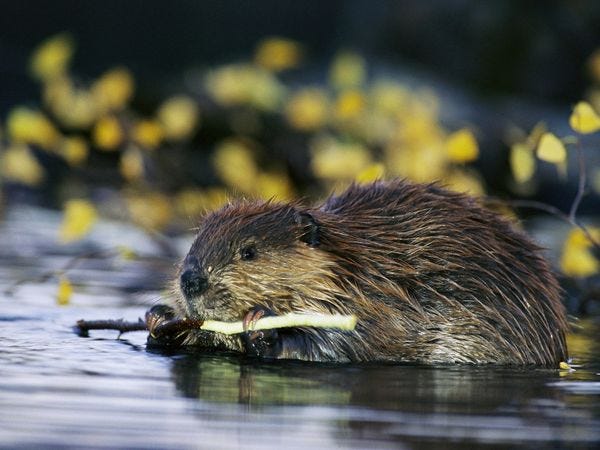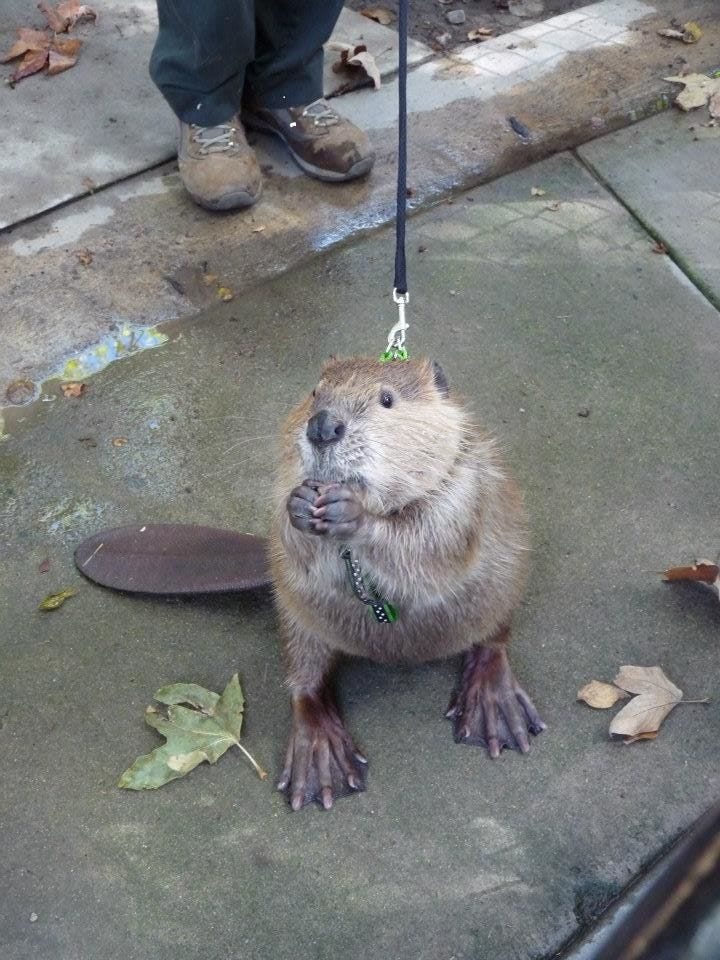By Jordan Schaul | National Geographic | December 14, 2012
Contributing Editor Dr. Jordan Schaul introduces a new series of articles showcasing Orange County Zoo’s (OC Zoo’s) native wildlife ambassadors, which represent indigenous species of the Southwest.
When a colleague of mine—another Zoo Curator at the Oklahoma City Zoo learned of my new post as the Curator of Zoo Operations for the Orange County Zoo via Facebook, he said, “the OC Zoo is one of California’s best-kept secrets among zoos.” It is truly a gem within the 60,000 acre Orange County Park system.
Few people know of this community wildlife rescue center nestled between the regional zoos in San Diego and Los Angeles in the city of Orange, California. The OC Zoo is located in Irvine Regional Park, which also boasts horse stables, a train, and natural spaces with beautiful natural water features surrounded by Oak and Sycamore trees.
When it comes to zoo curator positions, which are few and far between, most qualified candidates are willing to relocate to just about anywhere. For instance, I moved from Washington D.C. to Alaska. Of course, I’m a ‘bear guy’ and so the opportunity to relocate and move to bear country was an easy call. Although my stint at the Alaska Wildlife Conservation Center was most rewarding, I had long had my sights set on relocating back to Southern California.
The competition for zookeepers at California zoos is remarkably stiff with hundreds of applicants applying for any one position. So when I made it through two rounds of interviews at the relatively new OC Zoo, I was more than ecstatic.
The Orange County Zoo is not only a sanctuary for injured and orphaned wildlife, it is a resource for park rangers and other county personnel because it focuses on species native to the Southwestern US.
Donald Zeigler, the Zoo’s Director says, “the zoo offers an experience to both park staff and park visitors which complements their visits to wildlife reserves and other recreational areas in our park community and generates a renewed respect for native species.
Here is our teaser video featuring our young, orphaned beavers!
Did you know that beavers walk plantigrade just like bears! This means they are flat-footed and their entire foot, not just their toes, touch the ground as they walk. Come out to the OC Zoo and watch Betty the beaver get some exercise and enrichment by walking with keepers around the zoo. Don’t worry she is escorted on a leash; we hope to leash train Buckley as well.
ABOUT NATIONAL GEOGRAPHIC SOCIETY
The National Geographic Society is a global nonprofit organization that uses the power of science, exploration, education and storytelling to illuminate and protect the wonder of our world. Since 1888, National Geographic has pushed the boundaries of exploration, investing in bold people and transformative ideas, providing more than 14,000 grants for work across all seven continents, reaching 3 million students each year through education offerings, and engaging audiences around the globe through signature experiences, stories and content. To learn more, visit www.nationalgeographic.org or follow us on Instagram, Twitter and Facebook.
MEET THE AUTHOR
Jordan Carlton SchaulWith training in wildlife ecology, conservation medicine, and comparative psychology, Dr. Schaul's contributions to Nat Geo Voices have covered a range of environmental and social topics. He draws particular attention to the plight of imperiled species highlighting issues at the juncture or nexus of sorta situ wildlife conservation and applied animal welfare. Sorta situ conservation practices are comprised of scientific management and stewardship of animal populations ex situ (in captivity / 'in human care') and in situ (free-ranging / 'in nature'). He also has a background in behavior management and training of companion animals and captive wildlife, as well as conservation marketing and digital publicity. Jordan has shared interviews with colleagues and public figures, as well as editorial news content. In addition, he has posted narratives describing his own work, which include the following examples: • Restoration of wood bison to the Interior of Alaska while (As Animal Curator at Alaska Wildlife Conservation Center and courtesy professor at the University of Alaska) • Rehabilitation of orphaned sloth bears exploited for tourists in South Asia (As executive consultant 'in-residence' at the Agra Bear Rescue Center managed by Wildlife SOS) • Censusing small wild cat (e.g. ocelot and margay) populations in the montane cloud forests of Costa Rica for popular publications with 'The Cat Whisperer' Mieshelle Nagelschneider • Evaluating the impact of ecotourism on marine mammal population stability and welfare off the coast of Mexico's Sea of Cortez (With Boston University's marine science program) Jordan was a director on boards of non-profit wildlife conservation organizations serving nations in Africa, North and South America and Southeast Asia. He is also a consultant to a human-wildlife conflict mitigation organization in the Pacific Northwest. Following animal curatorships in Alaska and California, he served as a charter board member of a zoo advocacy and outreach organization and later as its executive director. Jordan was a member of the Communication and Education Commission of the International Union for the Conservation of Nature (CEC-IUCN) and the Bear Specialist Group of the IUCN Species Survival Commission (BSG-SSC-IUCN). He has served on the advisory council of the National Wildlife Humane Society and in service to the Bear Taxon Advisory Group of the Association of Zoos and Aquariums (AZA Bear TAG). In addition, he was an ex officio member of the council of the International Association for Bear Research and Management.





